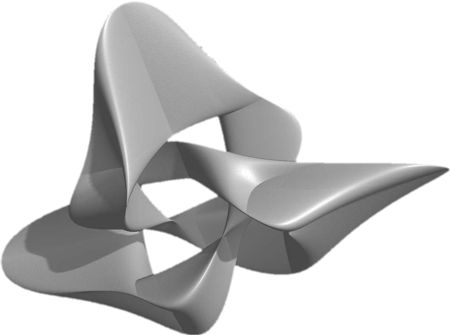Schrödinger’s Cat
A Mind-Bending Thought Experiment
Schrödinger’s cat is one of the most famous and puzzling thought experiments in the history of science. Created by the Austrian physicist Erwin Schrödinger in 1935, this paradox highlights the counterintuitive and often baffling nature of quantum mechanics.
The Thought Experiment
Imagine the following scenario:
- The Setup: A cat is placed inside a sealed box. The box contains a radioactive atom, a Geiger counter, a vial of poison, and a mechanism that will release the poison if the Geiger counter detects radiation.
- Quantum Superposition: The radioactive atom has a 50% chance of decaying within an hour. If it decays, the Geiger counter triggers the release of the poison, killing the cat. If it does not decay, the cat remains alive.
- The Paradox: According to quantum mechanics, until the box is opened and observed, the atom exists in a superposition of decayed and undecayed states. Consequently, the cat is both alive and dead simultaneously.
When the box is opened, the act of observation collapses the quantum superposition into a single state: either the cat is alive, or it is dead. This paradox forces us to question the role of observation in quantum mechanics and how it translates to the macroscopic world.
The Origins of Schrödinger’s Cat
Erwin Schrödinger (1887–1961) was a prominent physicist and one of the founding figures of quantum mechanics. He is best known for his work on wave mechanics and for formulating the Schrödinger equation, which describes how quantum states evolve over time. His contributions earned him the 1933 Nobel Prize in Physics, which he shared with Paul Dirac.
Schrödinger’s cat emerged from a series of letters exchanged between Schrödinger and Albert Einstein. The thought experiment was Schrödinger’s response to what he saw as peculiar implications of quantum theory, particularly the concept of superposition and the role of measurement in determining the state of a quantum system.
The Scientific Theory
At the heart of Schrödinger’s cat is the principle of quantum superposition, which states that a quantum system can exist in multiple states simultaneously until it is measured. The thought experiment underscores the peculiar nature of the quantum world, where particles like electrons and photons can exist in overlapping probabilities of states.
The paradox also touches on the Copenhagen interpretation of quantum mechanics, which suggests that a quantum system remains in superposition until an observer measures it. This interpretation has sparked decades of debate, leading to alternative theories such as the many-worlds interpretation, which posits that all possible outcomes occur in parallel universes.
Schrödinger’s Legacy
While Schrödinger’s cat was intended to illustrate the absurdity of applying quantum principles to everyday objects, it has become a cultural and scientific icon. The thought experiment is referenced in countless books, TV shows, and movies, and it continues to inspire discussions about the nature of reality and the boundaries of quantum mechanics.
Beyond the cat, Schrödinger’s contributions to science are monumental. His wave equation revolutionized our understanding of the microscopic world, laying the foundation for technologies such as semiconductors, lasers, and quantum computing.
